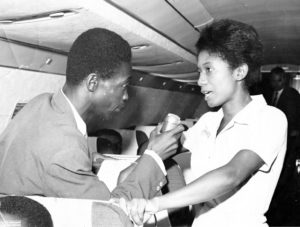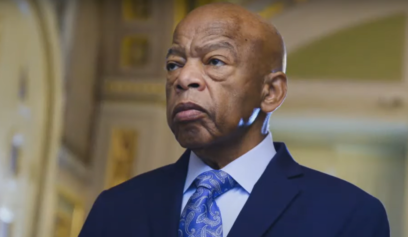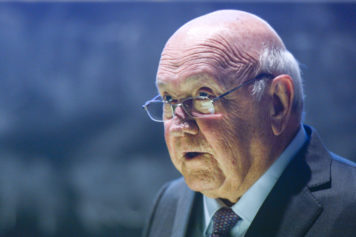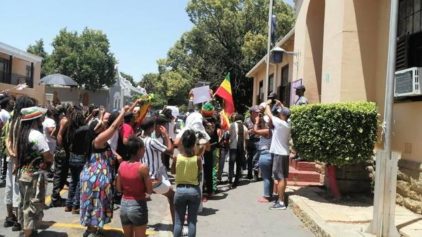
It was no better up there, as Smith was forced to handle the monumental ugliness of the racism of the times. Not even the luxury of flying quelled some of the burning hatred that permeated many whites.
Ruth Carol Taylor is on record as the first African-American flight attendant in the United States. Her initial flight was reportedly February 11, 1958 on a Mohawk Airlines flight from Ithaca to New York. She was in the profession just six months, as she was released by the airlines after six months because she got married and pregnant, a common practice at the time.
But Smith, who was born in Cameroon in West Africa, had already flown in 1957 with Union Aéromaritime de Transport (UAT). Now 76 and long retired in Denver, she was honored at the 40th anniversary celebration of the Black Flight Attendants of America at Los Angeles International Airport’s Flight Path Museum.
“When I heard of Mrs. Smith’s generous humanitarian efforts and spirit of volunteerism, I knew she had to have been a woman of substance of whom we all should be proud,” explained event chairperson Diane Hunter. “Everyone should know of her ‘journey’ to become the first Black flight attendant in the world: on every continent and particularly in this country where we were engaged in a historic struggle for equal civil rights under the laws of the [U.S.] Constitution.”
Smith is proud of her career, but acknowledges the challenges. Many times, white people “were rude; they would tell me not to touch them or not to touch their things,” she said. “I would just walk away and help other people.”
During the horrid days of apartheid in South Africa, Smith was not allowed to exit the plane with other airline staff. She also could not stay at the hotel, and once was covered and stashed at the home of a fellow employee who lived there.
Of course, it was just as trying in America. But it was fascinating on one level. Her first trip to the U.S. landed her in New York at the height of the Civil Rights Movement in 1960, just as the historic student sit-in at a Woolworth’s counter in North Carolina.
“There was so much happening at that time,” she says. “It was amazing to see.”
Smith flew for 12 years, something not expected from a princess of the royal Douala family of Cameroon. She started as a ground hostess with UTA at 15. By 17, she was sent to Paris for flight training by Air France.
“When I was young there were only white men and women working on the plane,” she remembered. “I was one of the first blacks to be hired and it was a big deal; everybody in my town was talking about it. It was even in the newspaper.”
By 1960, she was recruited by Air Afrique, a Pan-African airline mainly owned by many West African countries that served 11 newly independent French-speaking nations.
She became the airline’s first official hire, and her employee identification card literally read “No. 001″. It didn’t take long for her to get promoted to Air Afrique’s first cabin chief position.
“It is interesting that our sister across the sea had experienced the same roadblocks as we, here in America, had during the same parallel of time while seeking employment, particularly in the field of aviation,” saied Hunter.
“She is a true pioneer and also a legend. She broke through the barriers and for that we are most grateful.”



